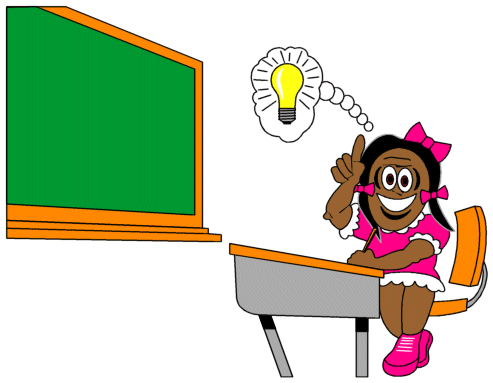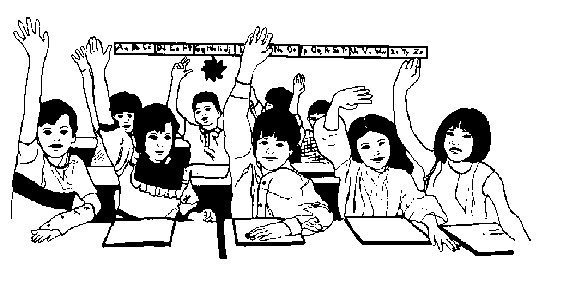Yesterday was our last day teaching the adorable fourth graders we have had such a blast working with! As soon as Ben and I got to the classroom, we gave the two teachers who have helped us so much each a pound of coffee, a gift card to Dunkin’ Donuts, and a thank you card. We really wanted them to know how much we appreciated their support and guidance throughout this incredible experience.

Before we started our last lesson, the teachers and students had some very special surprises for Ben and I. They presented us each with our own pet rock. Mine has black yarn for hair and they put a little music note they made out of a yellow paper clip next to it. It was so sweet and cute! They then presented us each with a book they put together of all of their rock poems they wrote with us. The students typed them up in computer class and throughout the book there are notes to us from every student and the teachers. I seriously almost cried. My pet rock and my book are such special keepsakes! Whenever I am feeling stressed with school I can just look at these two things and they will remind me to keep working hard because it will be worth it in the end!


The students really enjoyed the lesson on luster. Ben and I took turns demonstrating things that are metallic, glassy, waxy, and dull. We then asked the students what other words we could say in place of these four new words. They came up with some great words such as “shiny” for the word “metallic.” When Ben and I were finished going over luster and how to perform luster field tests, we had the students gather their materials and get started. The students also sorted the minerals into the four groups on the chart we copied for them. They all did a great job!

Towards the end of the activity, the teacher was walking around taking pictures of the students working. She was also taking pictures of them smiling with their partners. The teacher then had us all go out into the hall for a class picture with our pet rocks. Ben and I were in the back and held our pet rocks up with everyone else. She told us she would e-mail us all of the pictures she took. Yesterday was definitely one of the best days! Before we left, the students were giving us hugs and I just kept telling them how much I was going to miss them. We couldn’t have asked for a better group of children to work with or teachers! I feel so fortunate that we were given this opportunity.

My overall impression of this experience was amazing! I looked forward to every Monday because of how much fun I had. This was definitely the perfect learning experience because we actually got to teach science to elementary students instead of just learning about it while in the classroom. Ben was a great partner and I am so glad we were able to work together. I really felt we worked great as a team. I learned that teaching science is a lot of work. There are so many things a teacher has to worry about like safety, materials, time, classroom management etc. There was definitely no way Ben and I could have gone into the classroom and teach with no lesson plan. This experience showed me how carefully you have to plan your time. We could have talked to our students for the whole period about rocks and minerals. We always had to tell them to hold on to their questions for later because we never had enough time to answer all of them if we wanted to have time for the activity. It was certainly a challenge but as the weeks went by, Ben and I really progressed with time management.
The weekly feedback we received from our advisors was extremely helpful. I loved reading our feedback because our advisors caught things we weren’t even aware we were doing. I remember our first lesson Ben and I were talking about how we did while students were observing their rocks. We should have been walking around facilitating the students and talked about how we did when we were completely done. The feedback helped Ben and I progress each week and gave us great ideas for future lessons. The classroom teachers also always had great feedback for us. Before each lesson they would be happy to answer any questions we had. After each lesson they always told us how we did and what to improve on. I really liked how the classroom teacher wasn’t afraid to be honest with us. If we told her we wanted to do something one way and she knew of a better way she would never hesitate to tell us. We all worked as a team and felt very comfortable working together. Any suggestions she would give us we would use and it later helped us understand why she did it one way and not the other.

My content knowledge about rocks and minerals has definitely increased. I remember learning about the rock cycle and field tests when I was younger but I had forgotten most of it. I loved relearning the material by studying each plan we were given and by helping the students perform the field tests. The students always had so many great questions and it was fun to try and figure out the answers. I also learned a lot about how we use science process skills all the time in all of our science lessons. I now understand why it’s important to have students focus on only one process skill per lesson. We do so many process skills without even thinking twice but it’s important for them to be aware of the one that is the most significant to the lesson. Ben and I always tried to incorporate one specific science process skill in our question and goal of the day. We wrote these things on the board so students were reminded of what they needed to focus on.

I absolutely feel that my level of confidence has changed as a result of this experience. I was very nervous before our first lesson but we learned a lot after it. During our first lesson, Ben and I kept talking over each other. The flow of the lesson wasn’t great but we knew what to do to fix it. Besides the lesson plan, we would type up a short script to just tell us who was going to talk about what so we knew. This helped my confidence level a lot because we were more prepared. I am so proud of all of us for working so hard and improving lesson after lesson! :)

I really liked blogging throughout this experience. The lessons were fun to write about and the blogs are something we can look back on to remind us of what we did. I also enjoyed reading everyone else’s blogs. I would definitely continue to use a blog. However, I love to write in my journal because I don’t have to worry about anyone reading it. It’s more personal to me so I can talk about my experiences and mention things like the name of the school that I wouldn’t be able to talk about on a blog. I have written in over 14 journals in my life so I’m definitely more of a journal writer. I think the blog was great for class work and I would not get rid of it because it tied in great with the semester.

I would just suggest keeping this in the graduate program for elementary science. I learned so much throughout all of this and I am even more excited to become a teacher. I cannot wait for the day to come when I set foot in my very own classroom!






/boy_-_happy_3.gif)












/businessman_-_excited.gif)











